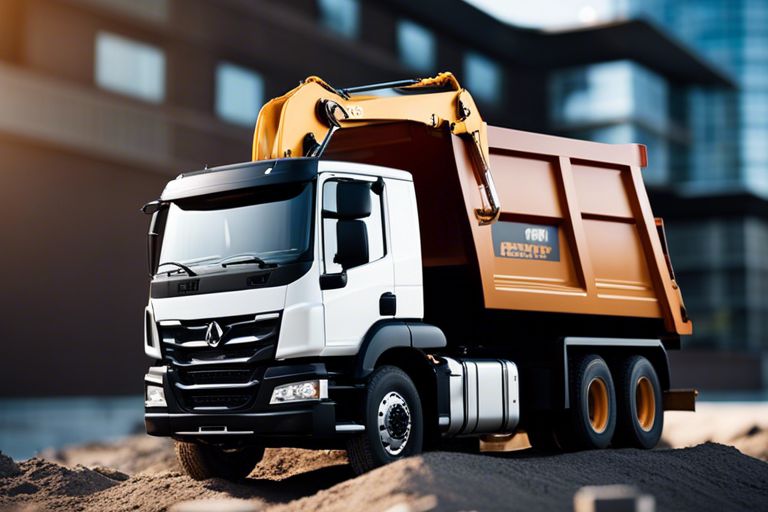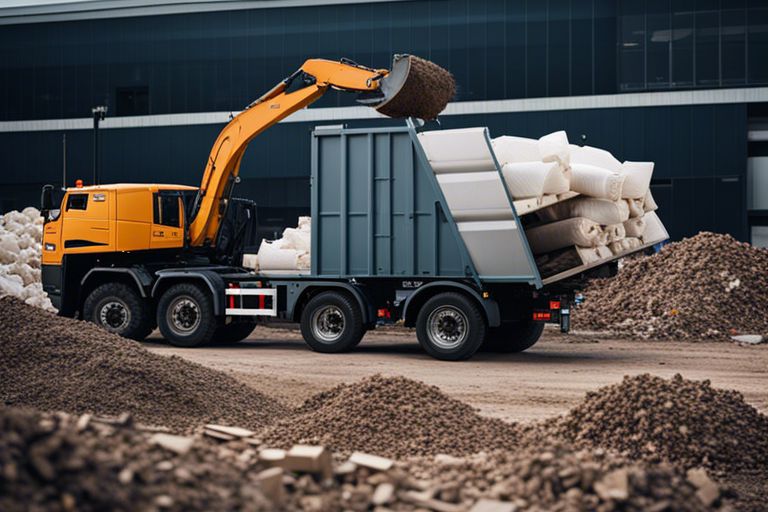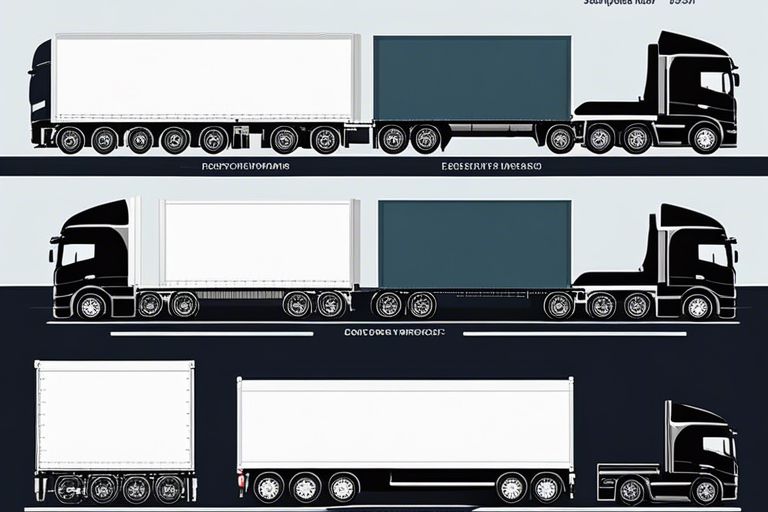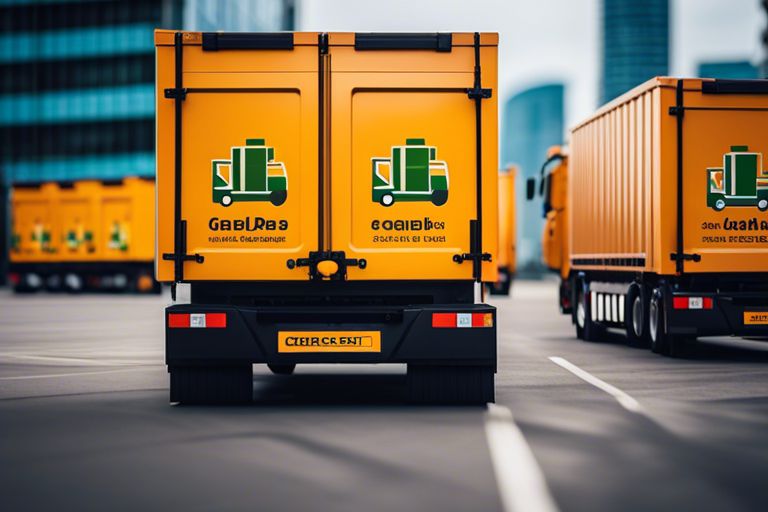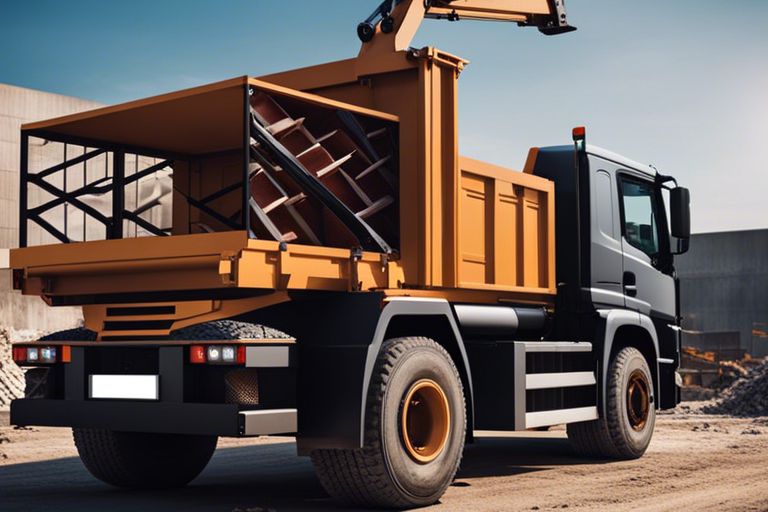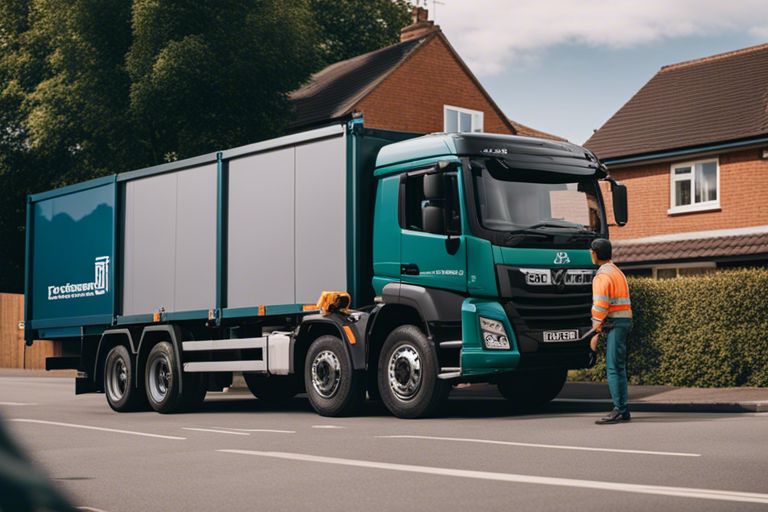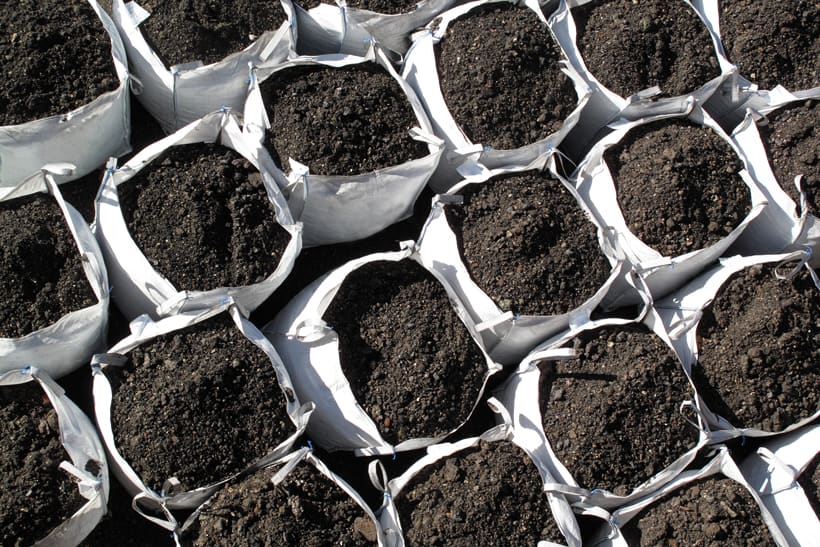Over recent years, there has been a growing emphasis on the importance of efficient and eco-friendly soil removal practices. It is crucial to have strategies in place that not only effectively remove soil but also minimise environmental impact. In this blog post, we will explore some tips and techniques for soil removal that are both efficient and environmentally friendly, helping you to maintain a sustainable approach to cleaning up soil contamination.
Key Takeaways:
- Implement proper planning: Adequate planning before soil removal can help avoid unnecessary removal, reducing environmental impact.
- Consider soil quality: Assess the quality of the soil to determine if it can be reused on-site or if it needs special disposal to protect the environment.
- Use eco-friendly techniques: Opt for techniques such as soil stabilisation or bioremediation to minimise soil removal and promote sustainability.
Understanding Soil Types and Contaminants
Assuming you want to implement effective soil removal strategies, it is crucial to first understand the various soil types and contaminants present. This knowledge will help you choose the right approach to safely and efficiently remove soil while minimising environmental impact.
Soil Composition and Characteristics
To effectively remove soil, one must understand its composition and characteristics. Soil is made up of minerals, organic matter, water, and air. The composition can vary greatly depending on factors such as location, climate, and human activities. By analysing these components, you can determine the best methods for soil removal and treatment.
Common Types of Soil Contaminants
Contaminants in soil can pose risks to both human health and the environment. Common types of soil contaminants include heavy metals, pesticides, petroleum products, and asbestos. It is important to identify the specific contaminants present in the soil to choose the most suitable remediation techniques.
- Heavy metals
- Pesticides
- Petroleum products
- Asbestos
This information can be summarised in a table format for easy reference and comparison.
Common Types of Soil Contaminants
Contaminants in soil can originate from various sources, such as industrial activities, agriculture, and improper waste disposal. It is important to be aware of the common types of soil contaminants to effectively address and mitigate their impact on the environment and human health.
- Industrial activities
- Agricultural practices
- Improper waste disposal
- Urban runoff
This information can be summarised in a table format to provide a comprehensive overview of the sources and effects of common soil contaminants.

Eco-Friendly Soil Removal Techniques
Physical Methods of Soil Removal
Any soil removal project can benefit from the use of physical methods that are both efficient and eco-friendly. By employing techniques such as excavation, dredging, or soil washing, you can effectively remove contaminated soil while minimising environmental impact. For more detailed information on proper methods for safe and eco-friendly handling of dirt and concrete waste, check out Dirt & Concrete Waste Disposal: Proper Methods for Safe ….
Biological Remediation Strategies
Removal of contaminants from soil through biological remediation strategies offers an eco-friendly alternative to traditional soil removal methods. By using plants, microbes, or fungi to break down or absorb contaminants, the soil can be effectively remediated without the need for extensive excavation or transportation. Plus, these biological methods are often less disruptive to the surrounding ecosystem, making them a sustainable choice for soil remediation projects.
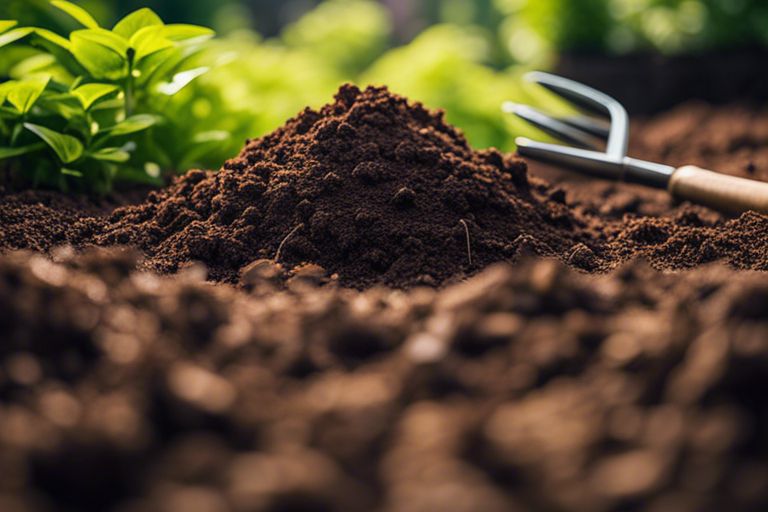
Minimizing Environmental Impact
Responsible Disposal and Reuse of Soil
To ensure the minimisation of environmental impact when dealing with soil removal, it is important to dispose of soil responsibly at designated facilities. Consider reusing soil on-site for landscaping or construction purposes, following necessary quality checks. By incorporating responsible disposal and reuse practices, you can significantly reduce the environmental burden associated with excess soil.
Preventative Measures for Soil Protection
Environmental protection plays a crucial role in minimising the impact of soil removal. Implement measures such as erosion control, vegetation preservation, and silt fencing to safeguard the remaining soil against erosion and contamination. By proactively adopting preventative measures, you can preserve the quality of soil and protect the surrounding environment from degradation.
Plus, regular monitoring of soil health and quality can help identify potential issues early on, allowing for timely intervention and prevention of further damage. Consider partnering with environmental experts to develop customised protection plans tailored to your specific soil removal project requirements.
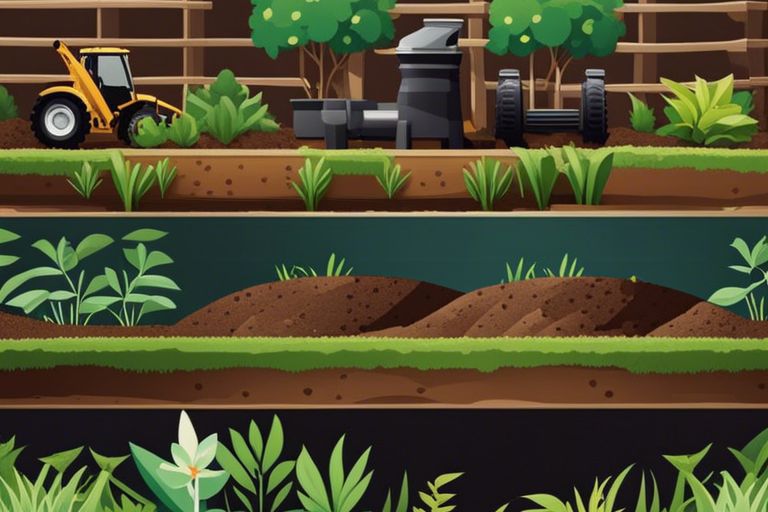
Soil Removal Equipment and Tools
Traditional Versus Innovative Equipment
Innovative soil removal equipment and tools have revolutionised the way we approach excavation and surface restoration in environmental remediation projects. By incorporating advanced technologies and design features, these innovative tools are not only more efficient but also eco-friendly. They help minimise soil disturbance and reduce the overall environmental footprint of the remediation process. For more information on excavation and surface restoration, you can refer to Excavation and Surface Restoration.
Safety and Maintenance Concerns
On environmental remediation sites, safety and maintenance concerns are of utmost importance when using soil removal equipment and tools. Regular equipment inspections, proper training for operators, and adherence to safety protocols are important to prevent accidents and ensure the efficiency of the remediation process. It is crucial to invest in high-quality tools and equipment that meet safety standards and require minimal maintenance to minimise downtime and maximise productivity.
Tools and equipment used for soil removal should be handled with care, and operators must be trained in their proper use and maintenance. Regular inspections, servicing, and replacement of worn-out parts are necessary to ensure the safety and efficiency of the remediation process. By prioritising safety and maintenance concerns, environmental remediation projects can be conducted smoothly and successfully.
Summing up
Upon reflecting on the various soil removal strategies discussed, it is evident that implementing efficient and eco-friendly practices is crucial in maintaining a sustainable environment. By following tips such as proper planning, using biodegradable products, and recycling soil where possible, we can minimise the impact of soil removal activities on the ecosystem. It is important to collaborate with experts in the field and stay informed about the latest advancements in sustainable soil removal techniques. By adopting these practices, we can ensure that our soil removal activities are not only effective but also environmentally responsible, contributing to the conservation of our natural resources for future generations.
FAQ
Q: Why is it important to have efficient soil removal strategies?
A: Having efficient soil removal strategies is crucial to prevent soil erosion, reduce environmental pollution, and enhance the sustainability of land use practices.
Q: What are some eco-friendly soil removal practices?
A: Eco-friendly soil removal practices include composting, mulching, and using bio-degradable materials for erosion control.
Q: How can one minimise soil disturbance during removal activities?
A: Soil disturbance can be minimised by using low-impact equipment, practising proper excavation techniques, and implementing erosion control measures.
Q: What role does recycling play in soil removal?
A: Recycling soil through processes like soil washing and screening can help reduce the amount of waste generated and promote sustainable soil management practices.
Q: How do soil removal strategies impact soil fertility?
A: Improper soil removal practices can deplete soil nutrients and organic matter, leading to decreased soil fertility. It is important to implement strategies that preserve soil health and productivity.
Q: What permits or regulations are required for soil removal activities?
A: Depending on the location and scale of the soil removal activities, permits from local authorities or environmental agencies may be required to ensure compliance with regulations and environmental standards.
Q: How can individuals contribute to eco-friendly soil removal practices?
A: Individuals can contribute by properly disposing of waste, using organic soil amendments, supporting green infrastructure projects, and raising awareness about the importance of sustainable soil management.

